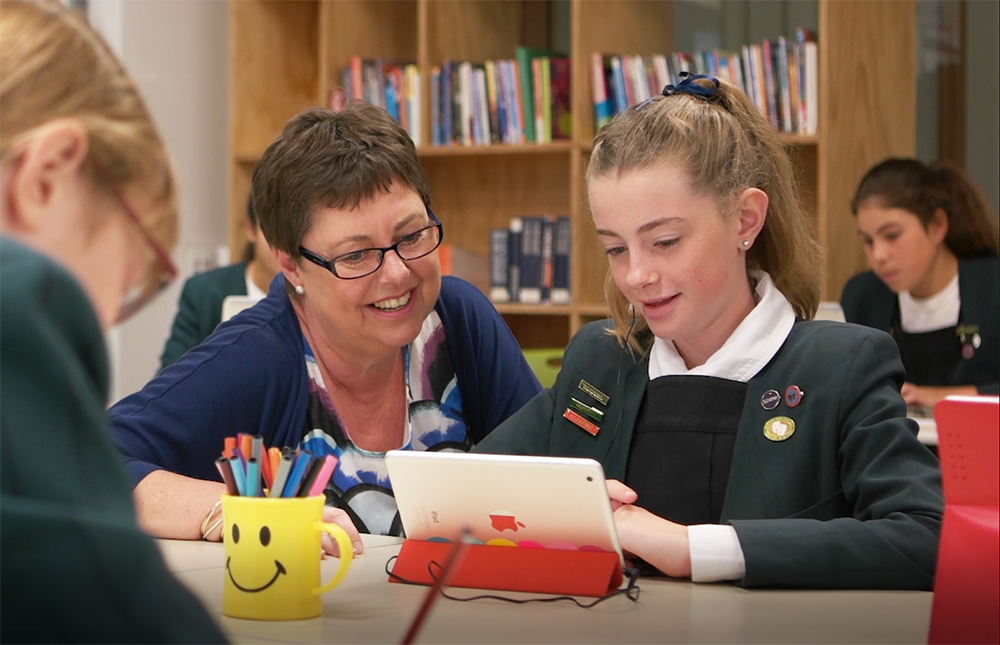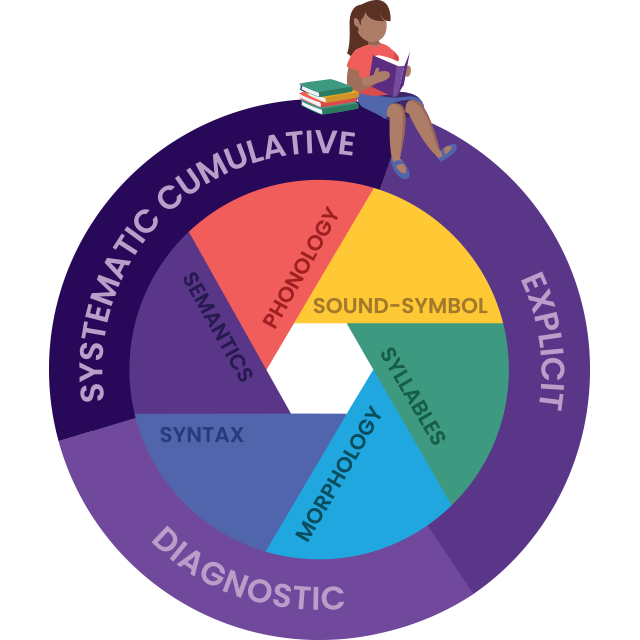Literacy and technology – creating a powerful and interactive partnership
Written by Ros Lugg, CEO/Founder, StepsWeb
This is a complex time for teachers. More and more pressure, more complex expectations and, even worse, mixed messages at times.
One of the things I meet most frequently when working with schools is teachers who are confused about the role of technology in literacy teaching. We are all focussed on what the Science of Reading or Structured Literacy movement tell us about literacy methodology, but sometimes it’s difficult to see how those principles translate into effective classroom methodology.
Teachers are told, for example, that it’s crucial that literacy teaching is explicit. In other words, that a teacher actively demonstrates and explains each phonic pattern or spelling rule. And, alongside that message, is the feeling that students shouldn’t just be working independently on a computer without direct teacher input. That’s seen by many as ‘replacing’ a teacher.
But the reality is that there is a huge spread of literacy level in every class. Numerous research studies have shown that a 4-year spread of literacy level is not at all uncommon, even in a Year 2 class. And, of course, as students move through the school years, that literacy spread will get wider and wider.
So how is a teacher supposed to explicitly explain and practice every phonic pattern or rule with students at the appropriate level for every student in the class. Divide into 4, 5, 6 groups and rotate between them? Or accept that, when you do whole-class presentation/explicit teaching, you’re inevitably missing the mark for quite a large proportion of your class.
If you’re employing whole-class literacy teaching, the reality is that your teaching, by default, has to be aimed at the middle band. Your extension students will be bored stiff by listening to explanations they didn’t need anyway. Worse (actually far worse!), your struggling students are potentially being set up to fail. Those are the students who absolutely do need to work at their own level and their own pace.
And how do teachers cope with the requirement for continual diagnostic and formative assessment? Another minefield which has the potential to overwhelm even the most dedicated and effective teachers.
As a former educational psychologist and teacher with 40+ years’ experience in education, my focus is on using technology and other tools to empower and free up teachers – certainly not to replace them! Technology, in my opinion, needs to enable teachers to work more systematically, more diagnostically and more responsively with all the students in their classes and I genuinely believe the right technology tools enable teachers to meet the needs of every student. In short, the right technology can free teachers up to do the things that only teachers can do!


